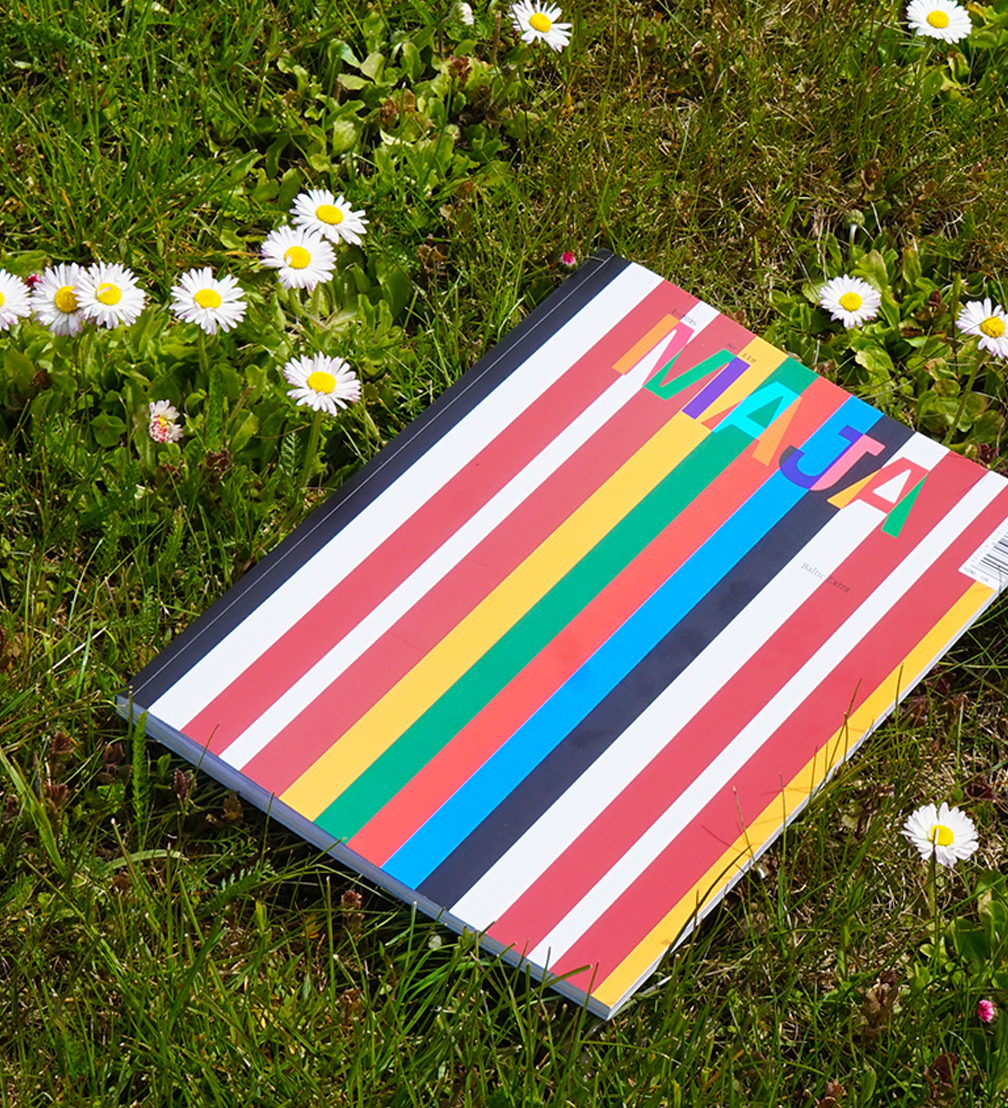
The Estonian architecture magazine Maja, in its Baltic Extra issue published this year, focuses on the current architectural scene in all three Baltic countries and features significant contributions from Latvian authors. From Liene Jākobsone’s story about the Latvian pavilion at the Venice Biennale to architect Toms Kokins’ reflections on forest management in Latvia, the publication covers a range of topics that reveal the current state of Baltic architecture and its broader context.
Latvia, Estonia, and Lithuania, collectively known as the Baltics, are three small countries that, as Laura Linsi, editor-in-chief of the Estonian architecture magazine Maja, points out, most of the world’s population considers to be virtually indistinguishable. The Baltic states only emerged as a geopolitical term in the 20th century, and their histories are different in every respect. Linsi emphasises that today’s unstable circumstances promote unity among the countries, encouraging us to discover and interpret our own identity, rather than allowing others to define us. In the Baltic Extra edition, issue 119 of Maja, the team of authors has attempted to reveal the common features and distinctive characteristics of the Baltic states. «Vastness, blurred borders, unclear beginnings and endings — the charm of the Baltic states is not easy to grasp. But, as architect Reinis Saliņš puts it, Latvians say: «To each their own corner,» comments Linsi.
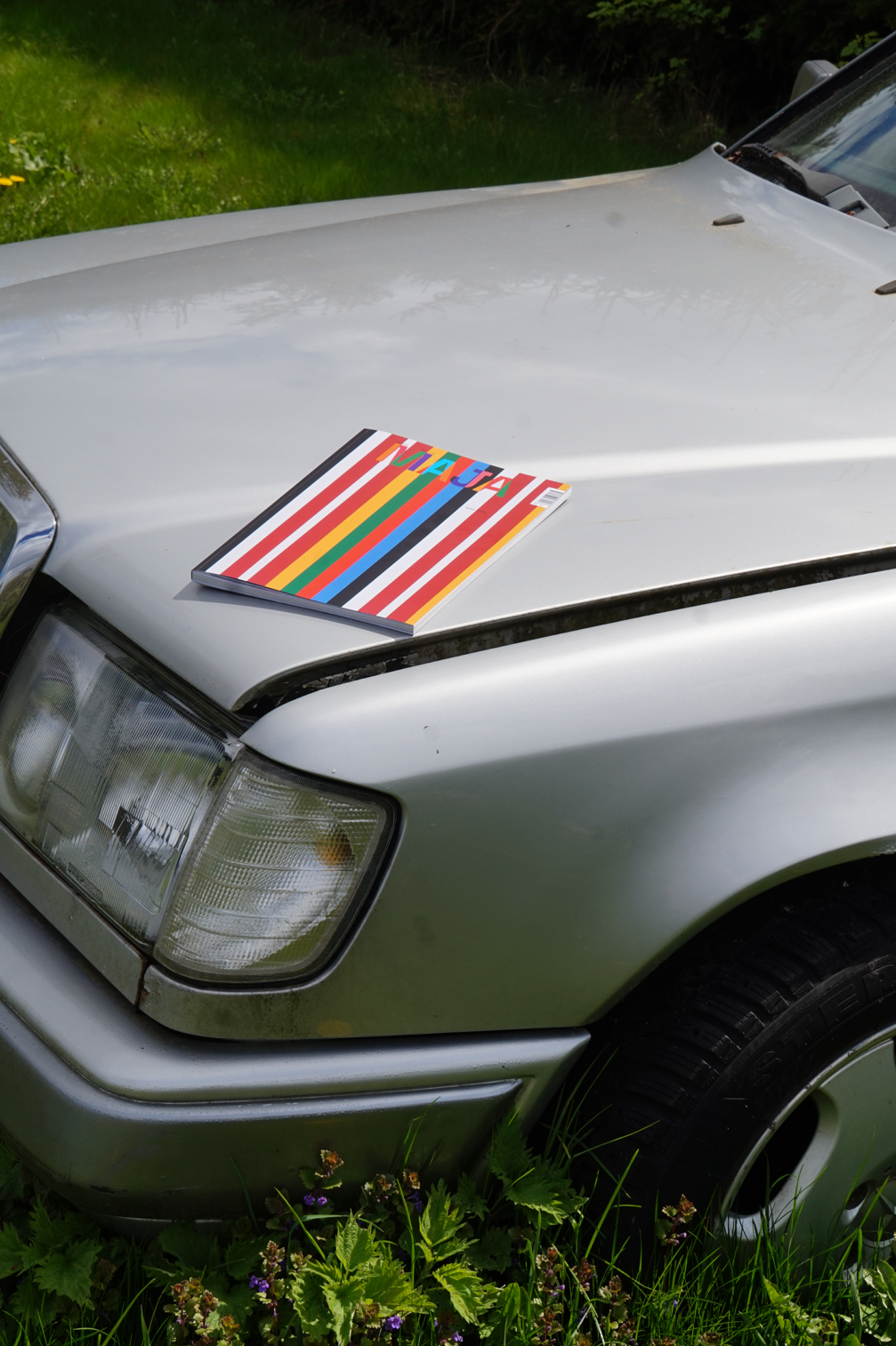
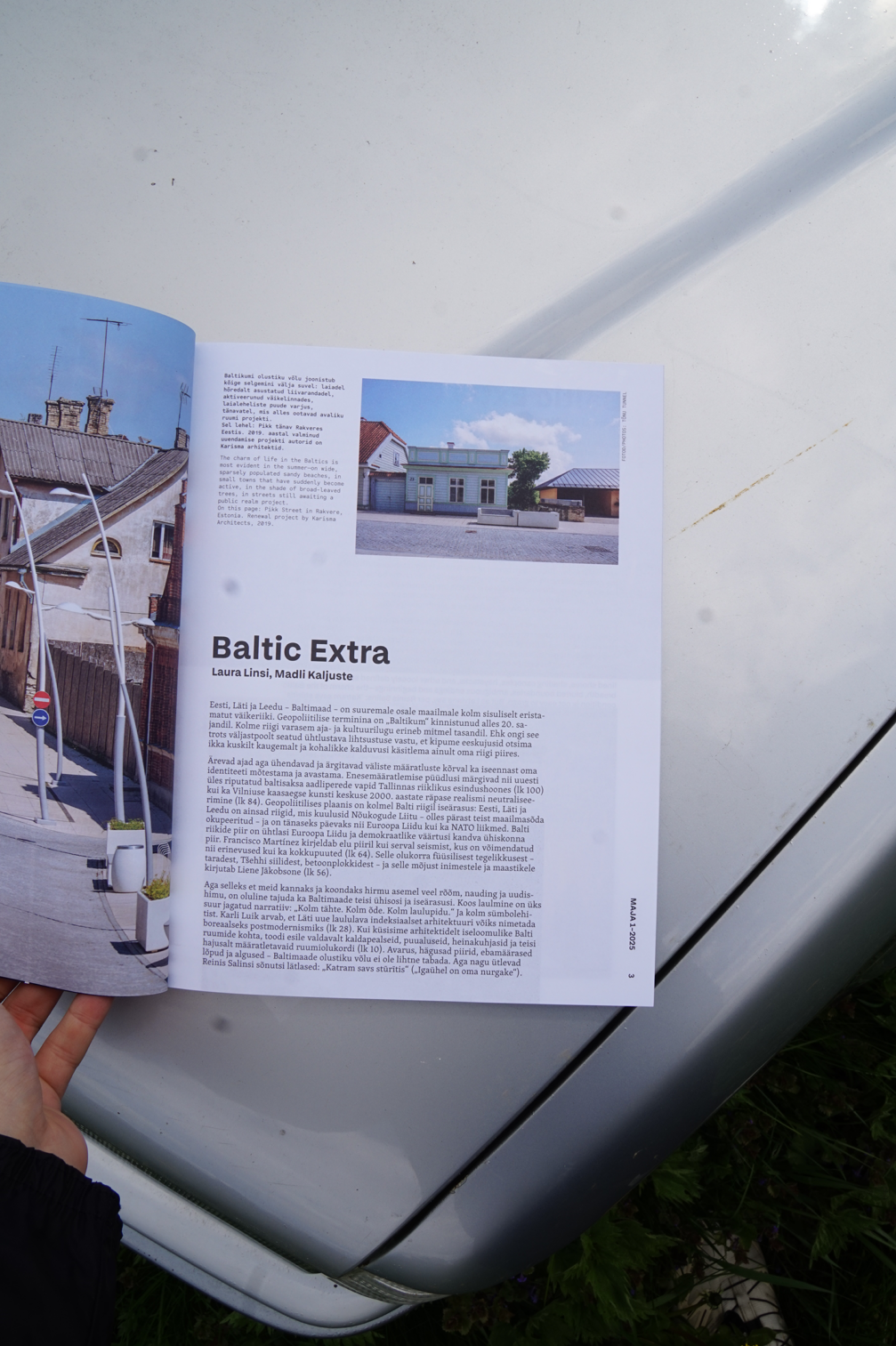
Laura Linsi says that when she started working as editor-in-chief of Maja in 2023, one of her goals was to expand the readership across the Baltic region and to promote mutual exchange of ideas among professionals in our countries. As an editor, she was greatly inspired by the joint Baltic pavilion at the 2016 Venice Architecture Biennale, as well as new trends in other European regions, such as the Netherlands, Brussels, and Paris, where the use of biomaterials is developing, as well as cooperation and ideas that transcend national borders. «That is where the real power lies,» emphasises Linsi. «With Maja, we want to explore the architectural potential of the Baltic countries and continue to do so in future issues.» The latest issue of Maja was published in August, focusing on the theme of concrete and featuring a sculpture by Latvian artist Evita Vasiļjeva on the cover. It also features an article about House 61, a private residence in Jūrmala designed by the Sampling studio, which fits in well with the theme of the issue.
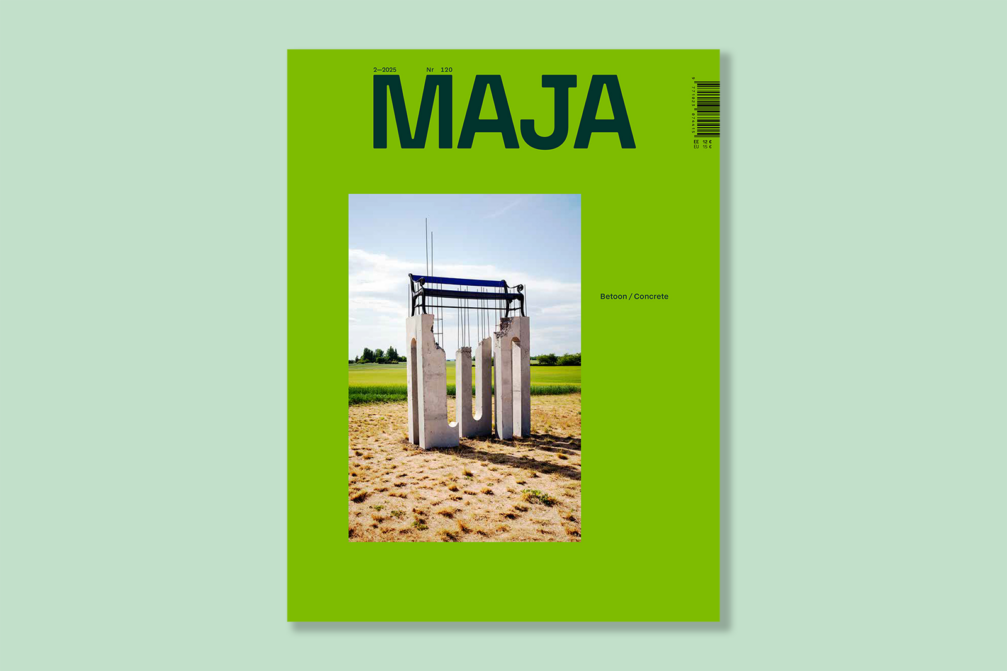
The content for Baltic Extra was selected by Laura Linsi and editor Madli Kaljuste. Their aim was to include topics that are particularly relevant to the Baltic region, such as border issues and aspects affecting forest areas, as well as to stimulate discussion on other spatial and architectural nuances that unite us. The editors have gradually built up a reliable network of built environment practitioners in all three countries and rely on their recommendations for projects, authors, and topics to feature in the magazine. They also invite those who are interested in contributing to the magazine’s content to apply.
This year’s Baltic Extra is largely devoted to Latvia. «We asked several Latvian architects about their favourite spaces in the Baltics. Estonian architect Karli Luik writes about «boreal postmodernism», referring to the Mežaparks Grand Stage designed by Mailitis Architects. Liene Jākobsone, one of the curators of this year’s Latvian pavilion at the Venice Architecture Biennale, discusses the impact of international conflict and militarisation on the territories bordering Latvia and Russia. Finally, Umeå-based Latvian architect Toms Kokins presents his research on the impact of foreign forestry industries on Latvia’s environment and cultural landscape, asking — is this 21st-century colonialism?»
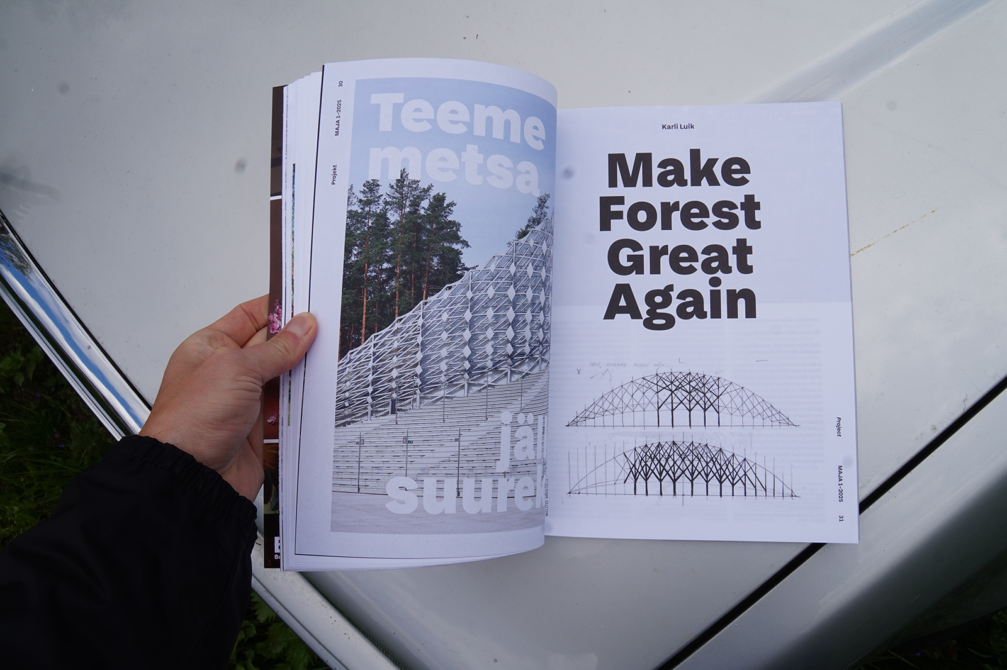
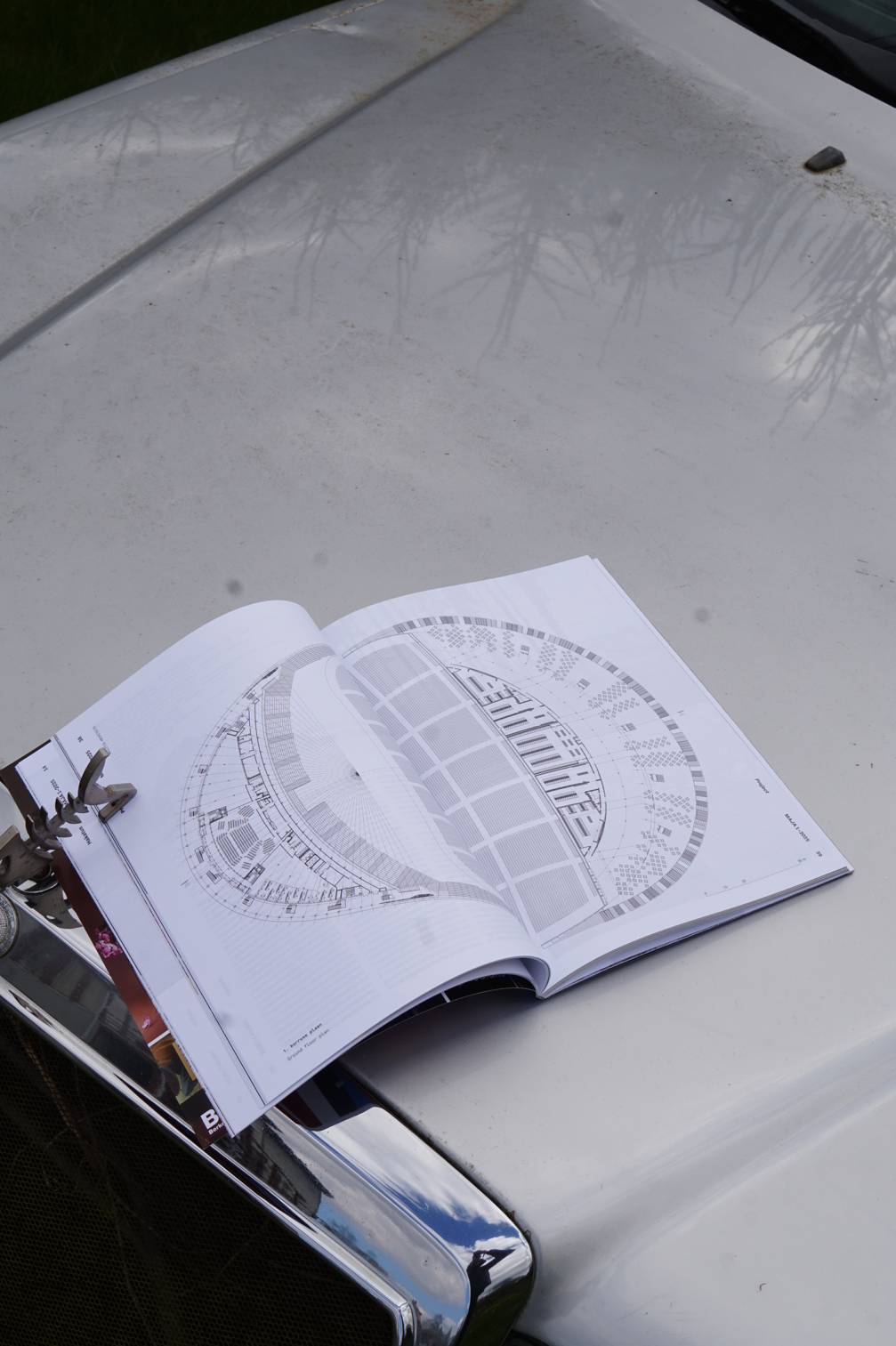
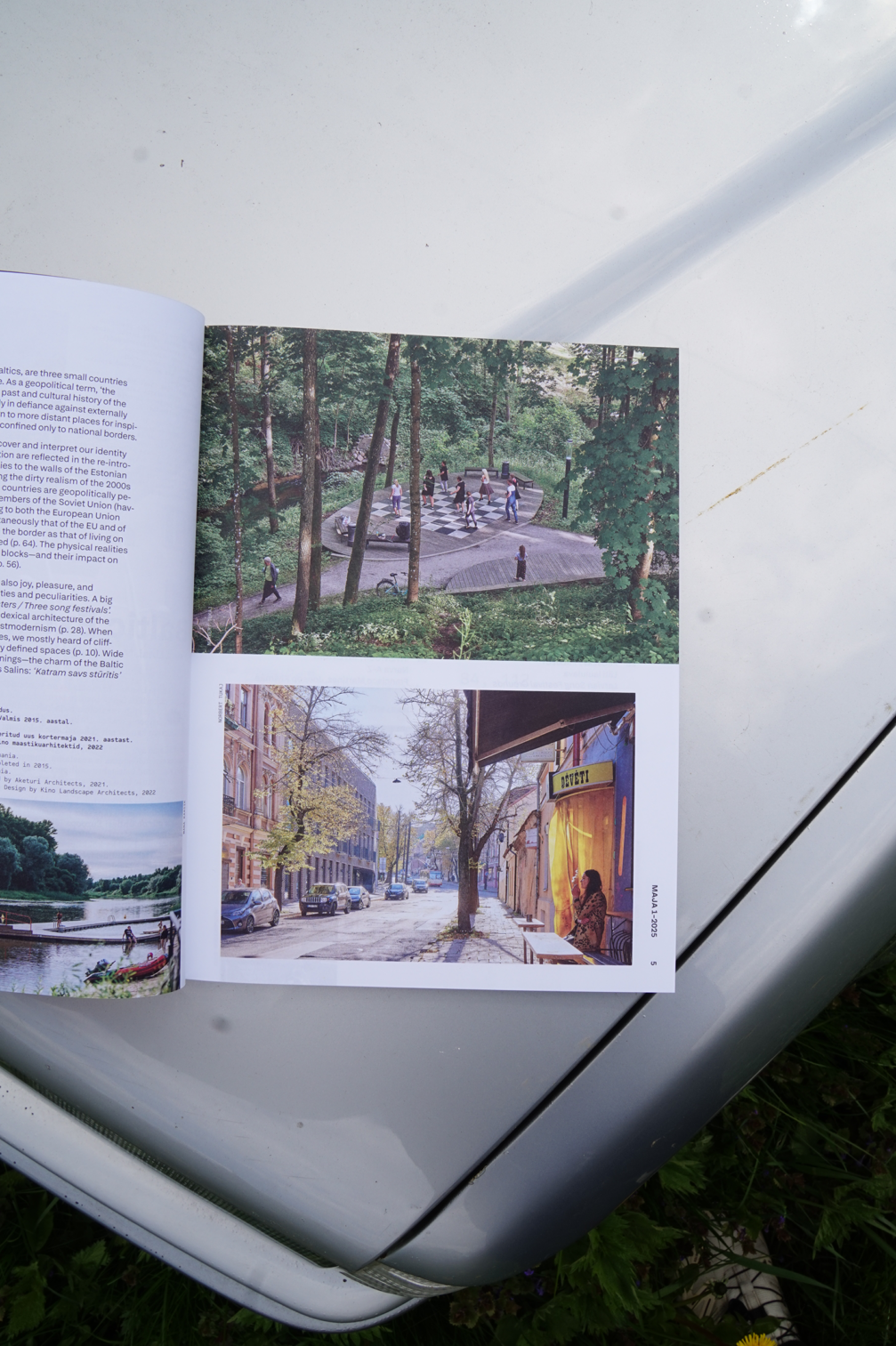
This is not the first time that Maja has issued the Baltic Extra feature. The first issue with the same title was published in 1995, when its editor-in-chief was Estonian architect Ado Eigi. In the 2025 issue, landscape architect, publicist, and lecturer Hannes Aava reviews the historical issue and shares his subjective impressions of spatial design in the Baltic countries over the past 30 years in an article entitled Same–same, but different.
Maja, a spatial culture magazine, has been published quarterly in two languages — Estonian and English — since 1994. It regularly publishes analyses of architectural projects, as well as essays and studies on various topical issues in the region, each issue examining the main theme from different perspectives, such as air, stone, islands, and others. Laura Linsi points out that although most of the readers are still Estonian, the subscriber base is expanding in the Baltic States and the Nordic countries. Maja is published by MTÜ Arhitektuurikirjastus, a non-profit organisation supported by three associations: architects, landscape architects, and interior designers.
In Latvia, Maja’s Baltic Extra edition can be purchased at the Zuzeum Art Centre, while online, like other issues of Maja, it is available here.
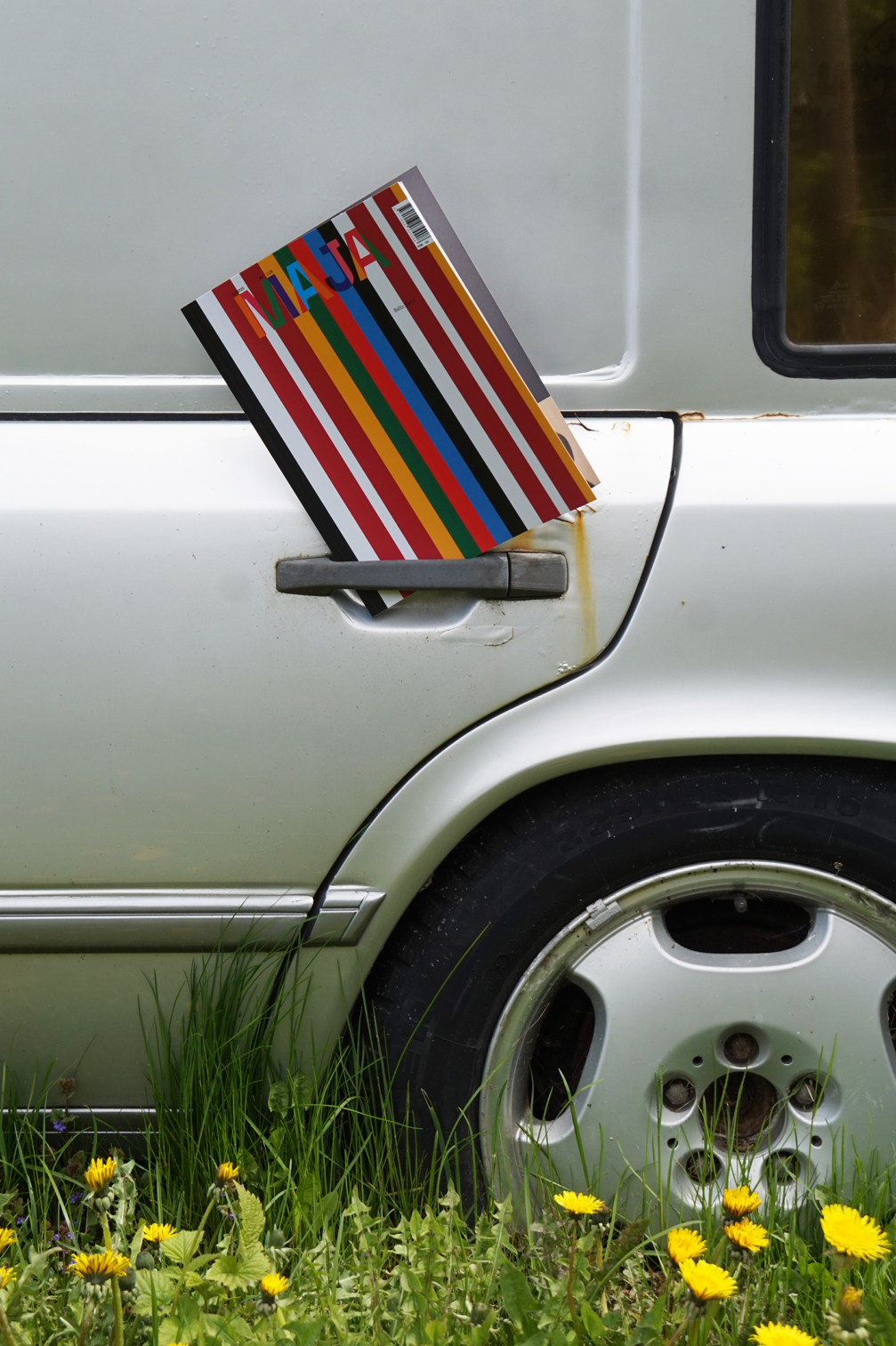
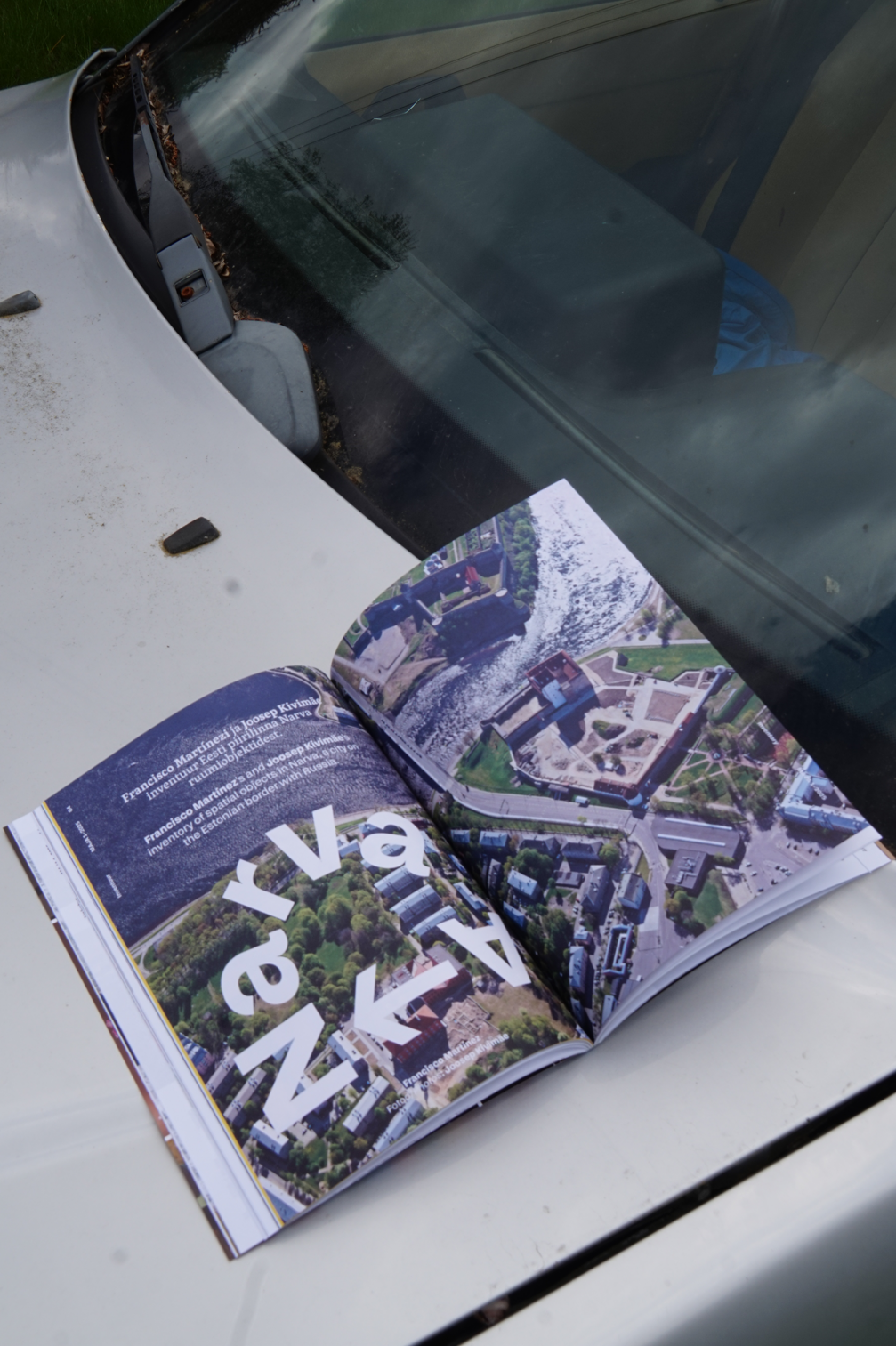
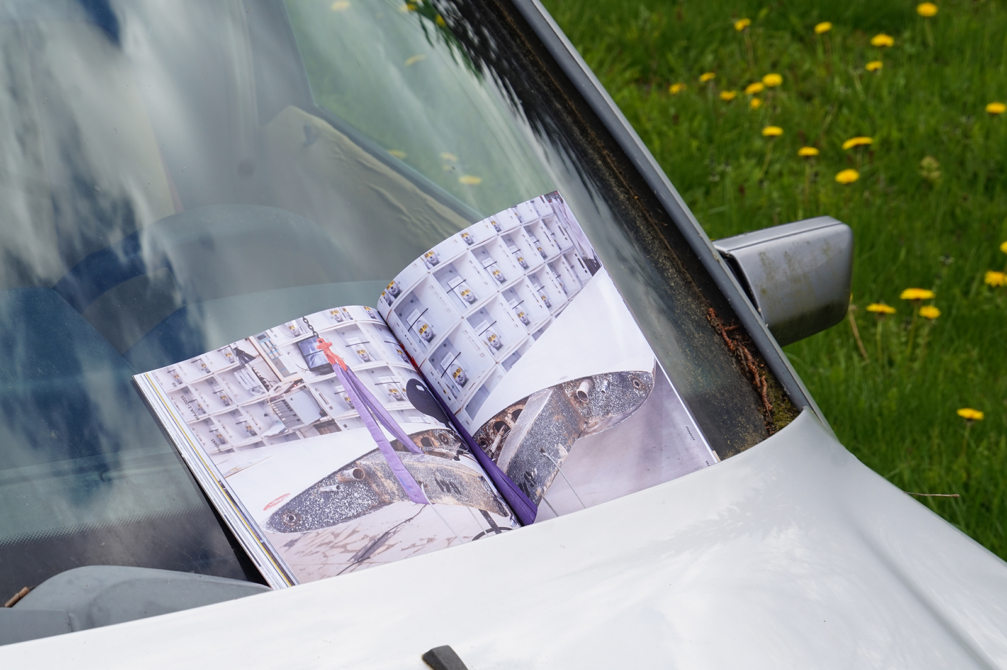

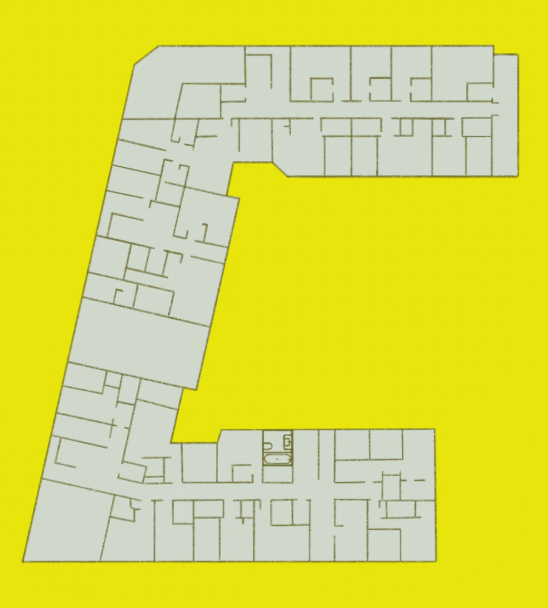
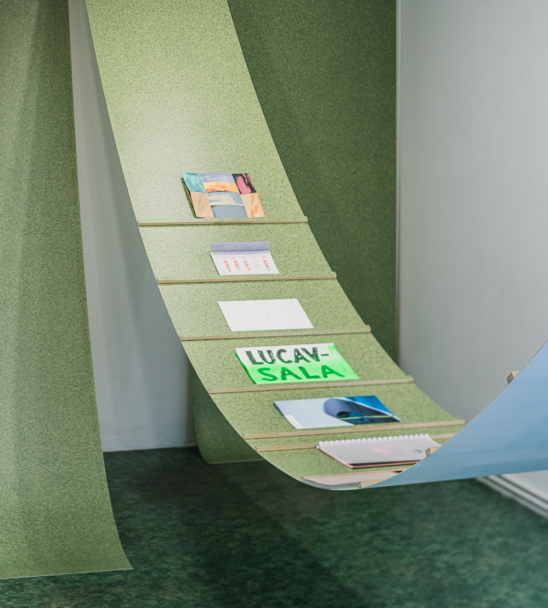
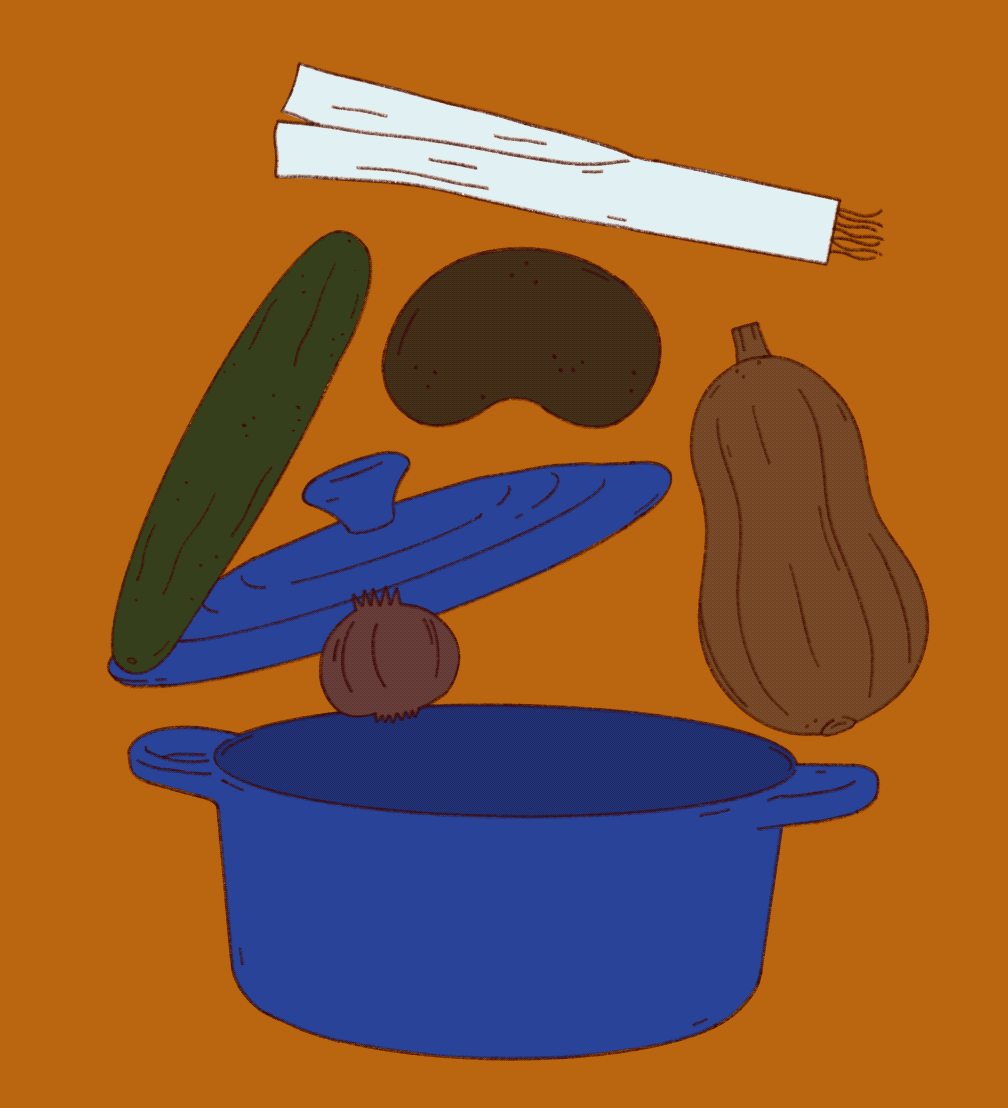
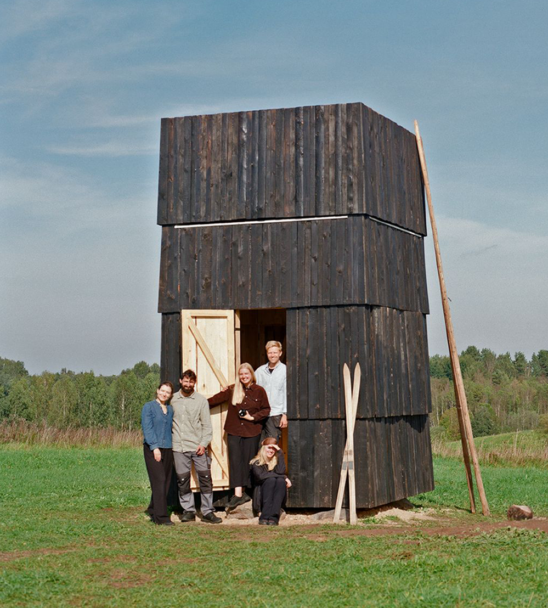

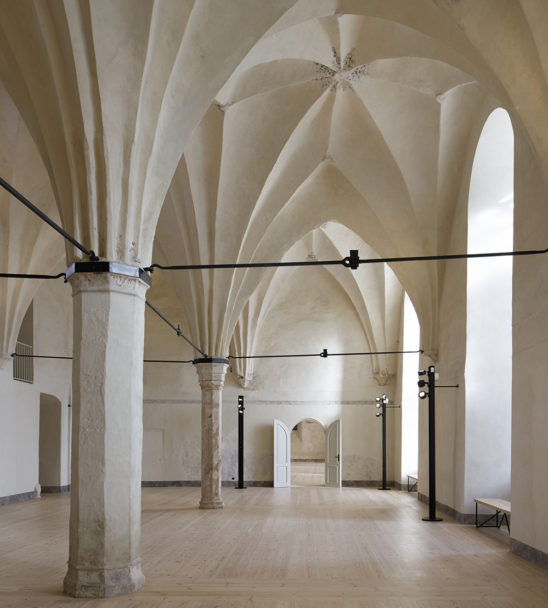

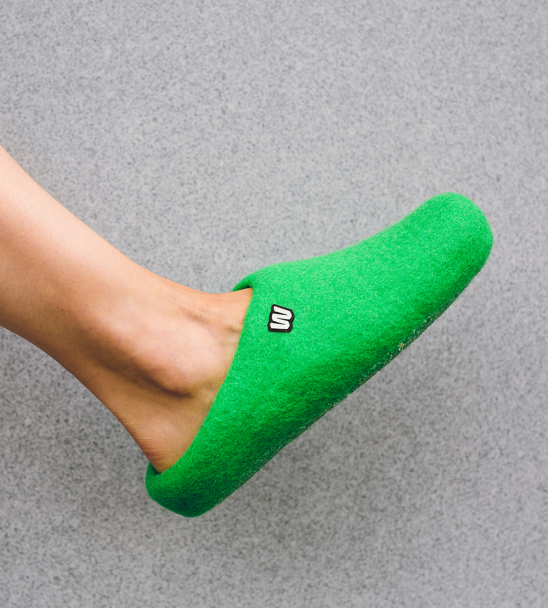
Viedokļi